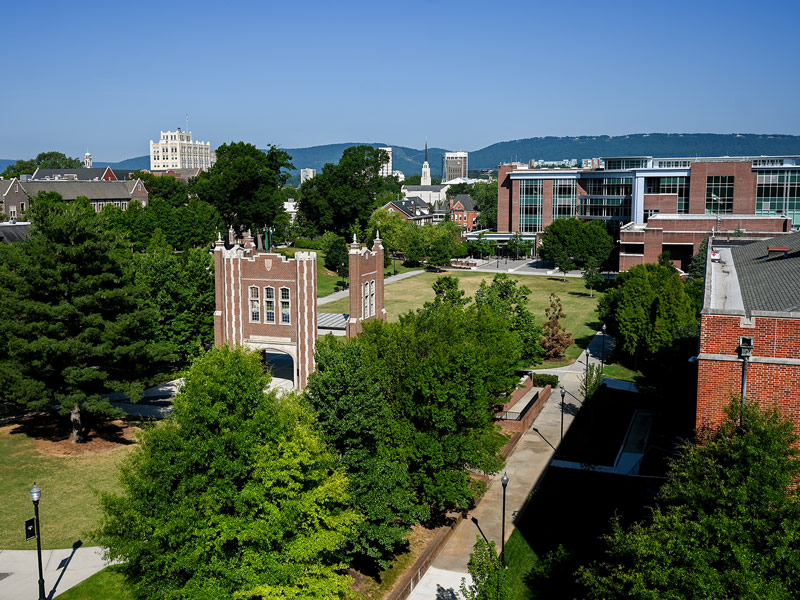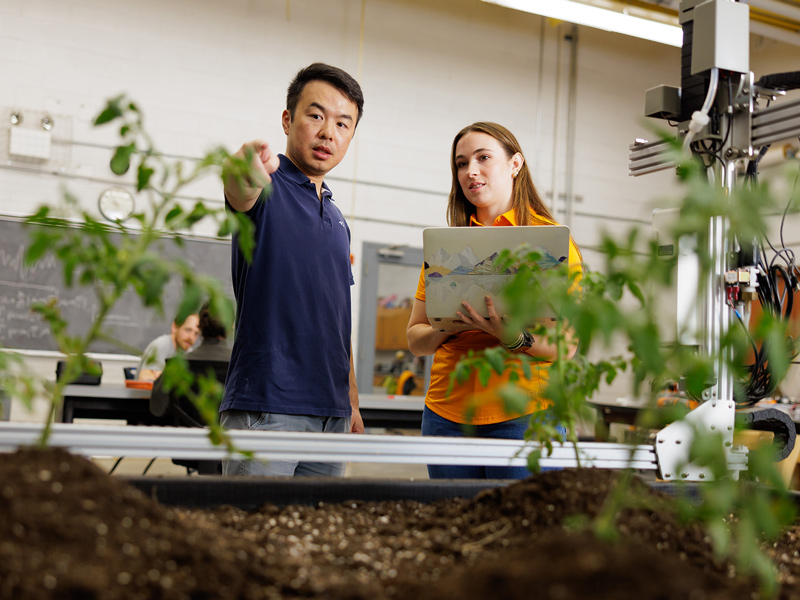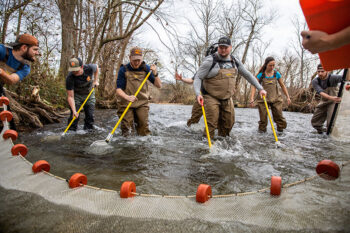About the UT System
Through our five campuses and two statewide institutes, we are improving the lives of Tennesseans today and for future generations. Everywhere you look, the UT System is harnessing education, research and outreach to fulfill our mission and tackle Tennessee’s most pressing challenges.

Five Campuses Statewide
A campus for every student, ensuring every Tennessean has access to quality education, professional development and lifelong learning.

Institute of Agriculture
Delivering real life solutions through a 95-county presence and the work of researchers, teachers and experts dedicated to UT’s land-grant mission.

Institute for Public Service
Providing assistance to business and government through outreach and training to strengthen communities across Tennessee.

Visionary Leadership
President Randy Boyd brings a unique blend of experience as an entrepreneur, businessman and public servant to his leadership of the statewide institution.

Guided by our Mission
The UT System embraces its responsibility to serve Tennessee — advancing education, health and economic opportunity — for a brighter, stronger and more resilient future across all 95 counties.
An Employer of Choice
The university has been certified as a Great Place to Work! This recognition celebrates our commitment to fostering an outstanding work environment and culture. In 2024, 75% of employees rated the UT System as a great place to work – 18 points higher than the average U.S. company.

Opportunity for All
From our five unique campuses to community-based services and continuing education for government leaders, there’s something for everyone within the UT System. Discover how we can help you achieve your goals.

Let’s Connect
The best journeys begin with a conversation, and we want to hear from you. Reach out to discuss how the UT System can help you achieve your goals.






